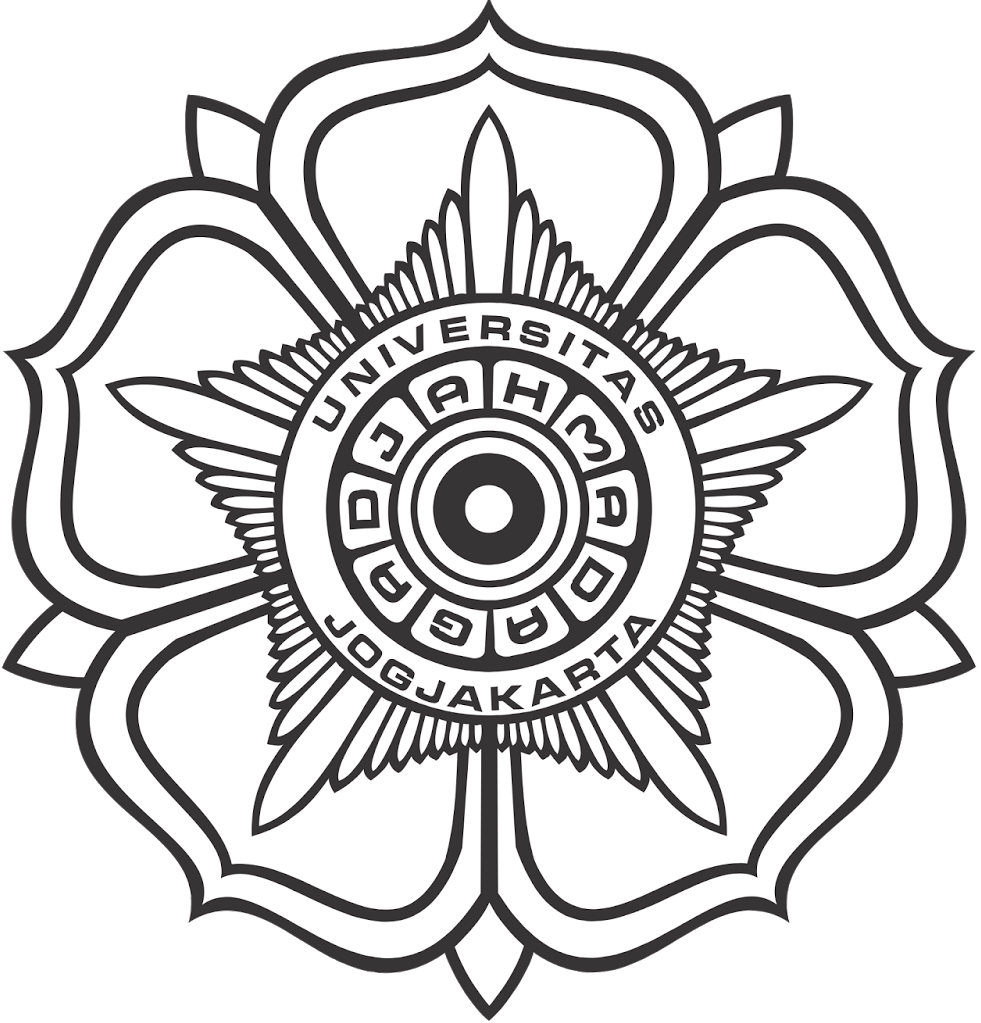Potency of cinnamaldehyde of cinnamon oil as an antidiabetic compound
Abstract
Cafeic and cinnamic compounds have been reported to give an excellent performance as α-glucosidase inhibitor. Inhibition of α-glucosidase in the intestine of mammals are able to lower blood sugar levels of the carbohydrates metabolism so it can reduce postprandial hyperglycemia which can prevent chronic complications of Diabetes Mellitus (DM). Based on cafeic and cinnamic structures in terms of organic chemistry and economic considerations, it can be offered a very promising alternative to provide their derivative compounds of cafeic from cinnamon oil, which is cinnamaldehyde. Cinnamaldehyde can be isolated from cinnamon oil by addition of sodium bisulphite to provide salt compounds which are separated easily from the mixed system. The aldehyde compound can be obtained by acid addition. Structure elucidation of cinnamaldehyde was done by mean of an infra red spectrophotometer and a gas chromatography-mass spectroscopy. Activity test of anti-diabetic compounds was carried through the measurement of the concentration of minimum resistance against α-glucosidase activity. Cinnamaldehyde which is isolated from cinnamon oil was yellowish oil and cinnamaldehyde’s yield was up to 42.67%, and its purity was 99.8723%. Structure elucidation of cinnamaldehyde by mean of infra red spectrophotometer (FTIR) showed carbonyl vibration at 1676 cm-1, -C-H aldehyde at 2813.9 cm-1 and 2742.6 cm-1. From mass spectra, it can be known that cinnamaldehyde had M+ 132 with m/z of main fragmentation were 131, 103, 77, and 51. Inhibition activity of α-glucosidase test showed that inhibitory concentration at 50 ppm of cinnamaldehyde was 93.29%, and IC50 to the α-glucosidase was 27.97 ppm.
Key words :cinnamon oil, cinnamaldehyde, anti-diabetic
Full Text:
PDF 9-14References
Adisakwattana S., Sookkongwaree, K., Roengsumran, S., Petsom, A., Ngamrojnavanich, N., Chavasiri, W., Deesamer, S., and Yibchok-anun, S., 2007, Structure-Activity Relationships of trans-Cinnamic Acid Derivates on Alpha Glukosidase Inhibition, Bioorg. Med. Chem.Lett., 14, 2893-2896
Friedman, M., Kozukue, N., and Harden, L. A., 2000, Cinnamaldehyde Content in Foods Determined by Gas Chromatography−Mass Spectrometry, J. Agric. Food Chem., 48 (11), 5702–5709
Gende, B. L., Floris, I., Fritz, R., and Eguaras, M. J., 2008, Antimicrobial Activity of Cinnamon (Cinnamomum zeylanicum) Essential Oil and Its Main Components Against Paenibacillus Larvae From Argentine, Bulletin of Insectology, 61(1), 1-4
Hanefeld, M., 2007, Cardiovascular benefit and Safety Profile of Acarbose Therapy in Prediabetes and Established Type 2 Diabetes, Cardiovasc Diabetol 6:20
Mallavarapu, G. R., Ramesh, S. Chandrasekhara, R. S., Rajeswara Rao, B. R., Kaul, P. N., and Battacharya, A. K, 1995, Investigation of the Essential oil of Cinnamon Leaf Grown at Bangalore and Hyderabad. Flav. Frag. J. 10; 239-242.
Matsui, T., Ebuchi, S., Matsugano, K., Terahara, N., and Matsumoto, K., 2004, Caffeoylsophore, a New Natural α-Glucocidase Inhibitor, from Red Vinegar by Fermented PurpleFleshed Sweet Potato, Biosci. Biotechnol. Biochem, 6, 2239-2246
Ping, H., Zhang, G., and Pen, G., 2010, Antidiabetic Effects of Cinnamon Oil in Diabetic KK-Ay Mice, Food and Chemical Toxicology, 48, 2344-2349.
Prasetya, N.B.A, and Ngadiwiyana, 2006, Identifikasi Senyawa Penyusun Minyak Kayu Manis (Cinnamomun cassia) Menggunakan GC-MS., J. Sains dan Matematika, (14)2 Reddy K A, Lohray B B, Bhushan V, Reddy A S, MamidiN V S R, Reddy P P, Saibaba V, Reddy N J, Suryaprakash A, Misra P, Vikramadithyan R K and Rajagopalan R, 1999, Novel antidiabetic and hypolipidemic agents. 5. Hydroxyl versus benzyloxy containing chroman derivatives, J. Med Chem, 42, 3265-3278.
Shibano, M., Kakutani, K., Taniguchi, M., Yasuda, M., and Baba.K., 2008, Antioxidant Constituents in the Dayflawer (Commelina communis L.) and Their α-Glucocidase –Inhibitory Activity, J. Nat. Med, 62:349-353
Sower, J.R., Epstein, M., and Frohlich, E.D,2001, Hypertention and Cardiovascular disease: an Update Hypertention, 37,1053-1105
DOI: http://dx.doi.org/10.14499/indonesianjpharm0iss0pp9-14
Refbacks
- There are currently no refbacks.
Copyright (c) 2017 INDONESIAN JOURNAL OF PHARMACY

This work is licensed under a Creative Commons Attribution-ShareAlike 4.0 International License.
Indonesian J Pharm indexed by:







































